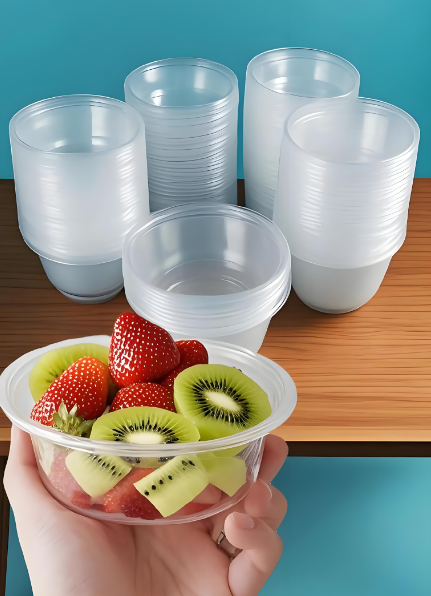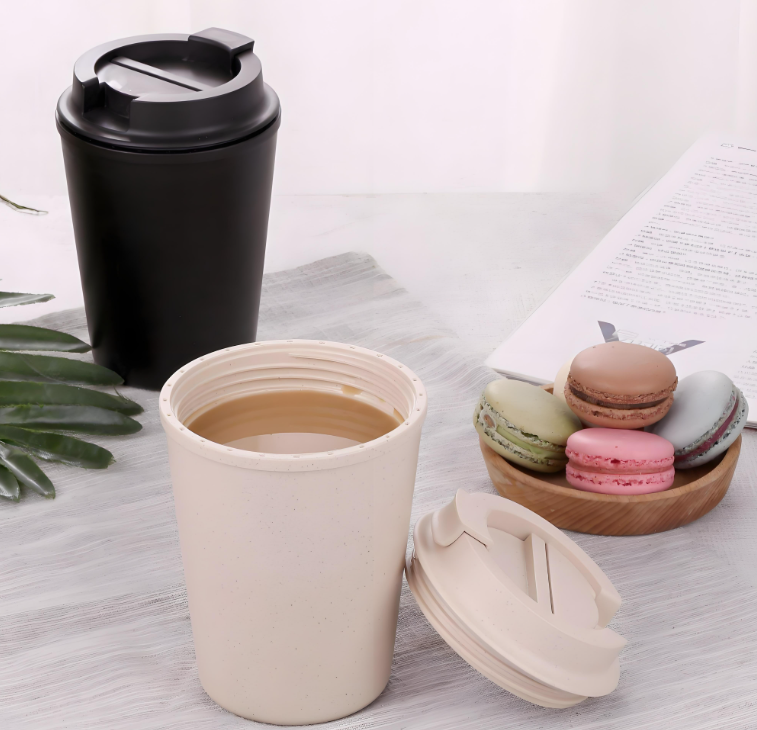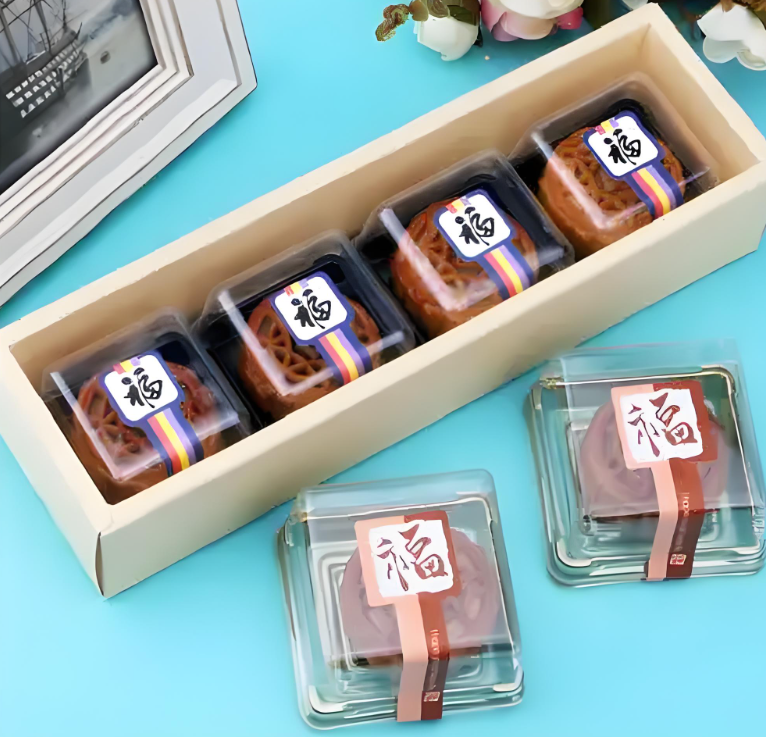What Is The Full Form of PP Material?
In the competitive landscape of modern packaging materials, brands and manufacturers continuously strive to balance lightweight design, environmental responsibility, and functional performance. As traditional plastics face increasing pressure for reduction and recycling, PP (Polypropylene) has re-emerged as a critical focus for the packaging industry, thanks to its excellent properties, cost advantages, and reuse potential.
From food packaging bags to coffee cup lids, from takeaway containers to composite film layers, PP material is virtually ubiquitous. Its chemical stability, heat-sealing performance, and recyclability make it stand out among numerous packaging options.
As a supplier deeply involved in flexible and sustainable packaging solutions, MTPAK has observed a significant rise in demand for PP material in recent years while providing material recommendations for coffee, food, and retail brands. Brands are no longer solely focused on packaging appearance; instead, they are placing "material composition" and "environmental responsibility" at the core of their supply chain decisions.
Why PP material becomes the first choice for packaging?
The full form of PP Material is Polypropylene, a thermoplastic polymer made from the polymerization of propylene monomers. Compared to traditional plastics like PE (Polyethylene) or PVC (Polyvinyl Chloride), PP combines rigidity with toughness, withstands high temperatures, resists breaking, and maintains good transparency and chemical inertness.
This means it can maintain a stable structure in various applications like food contact, heat-seal packaging, liquid containers, and label films without releasing harmful substances.
Furthermore, PP's higher melting point allows it to withstand high-temperature sterilization or microwave heating, making it highly suitable for packaging scenarios requiring high-temperature processing or sealed freshness.
Critically, PP material falls under recycling identification code #5 and possesses good reuse value. Compared to composite plastics or chlorine-containing materials, it is more viable within a circular economy system.
What are the main types of PP material?
Within the packaging material system, the appeal of PP (Polypropylene) lies in its "diversity." The same chemical foundation can yield completely different structures and properties through various processing methods. This flexibility makes PP one of the most adaptable materials in the flexible packaging sector.
PP Homopolymer, known for its high rigidity and transparency, is commonly used in transparent boxes, label films, and stationery packaging where stiffness and visual clarity are required.
PP Copolymer, enhanced by introducing ethylene monomers, offers improved toughness and low-temperature impact resistance, making it more suitable for food containers, heat-sealable films, or packaging structures requiring a soft touch.
In flexible packaging, the most frequently adopted by brands are BOPP (Biaxially Oriented Polypropylene) film and CPP (Cast Polypropylene) film. The former, with its high gloss, high transparency, and excellent print adaptability, is a primary material for the outer layers of snack bags and coffee bags. The latter, soft, sealable, and puncture-resistant, is often used as an inner layer. When combined, they not only provide moisture and heat resistance but also deliver a high-quality packaging effect.
Additionally, with growing environmental trends, Mono-PP monomaterial structures have become a new focus. By unifying the material composition, they reduce issues related to layer separation and mixing, thereby enhancing recyclability and giving "lightweight packaging" genuine circular value.
What advantages does PP Material offer the packaging industry?
In today's competitive market, where supply chains demand precision and efficiency, choosing PP is driven not only by cost reduction but also by dual considerations of performance and sustainability.
PP material boasts an exceptional strength-to-weight ratio. Its density is lower than most plastics, yet it can withstand frequent transport and stacking pressures. This allows brands to maintain protective performance while reducing material usage and lowering transportation carbon footprints.
PP offers outstanding moisture and grease barrier properties. This is particularly crucial for food and coffee brands. PP effectively prevents the penetration of water vapor and oils, preserving product flavor, freshness, and extending shelf life.
PP also excels in printing and forming. BOPP's smooth surface accurately reproduces high-saturation brand colors and complex patterns, lending a premium feel to packaging. The available finish options—gloss, matte, satin—provide designers with greater creative freedom.
Most importantly, PP is an environmentally friendly thermoplastic material. It contains no chlorides, does not release harmful gases when incinerated, and can be safely recycled or reprocessed, making it an ideal choice for companies fulfilling ESG responsibilities and transitioning to green packaging.
Which industries and packaging types is PP material suitable for?
The application boundaries of PP extend far beyond common perception. It can be a protective layer in a food bag or the sturdy shell of a cosmetic bottle cap. Its diversity and processing flexibility mean nearly every industry can find a PP variant suited to its needs.
In the Food & Beverage industry, PP is commonly used for snack packaging, freezer bags, ready-to-eat meal containers, and the outer layer film of coffee packaging. Its moisture barrier and heat resistance help maintain fresh taste, making it ideal for hot-fill and sealed packaging.
In Retail & E-commerce packaging, PP films and mailing bags combine strength with water resistance, enduring long-distance shipping and stacking while offering excellent printability, ensuring visual consistency even during logistics.
In the Cosmetics & Personal Care industry, PP's stability and safety are highly valued. It is used for cream jars, pump heads, label films, and liner films, as it does not react chemically with formulations, preserving product purity and aesthetics.
In Industrial & Agricultural packaging, PP woven bags, liner films, and sheet rolls are widely used for storing and transporting materials like powders, granules, and fertilizers. Their chemical resistance and anti-corrosion properties ensure long-term safe storage.
From specialty retail to bulk industrial goods, PP serves as a universal material across industries, balancing strength, flexibility, and environmental considerations.
Conclusion
Driven by both environmental regulations and market competition, PP (Polypropylene) is becoming a core material in the flexible packaging industry. It possesses not only exceptional protective properties and design compatibility but also holds a significant position within the recycling system. For brands, selecting the right PP material signifies not just enhanced packaging performance but also a long-term commitment to the environment and consumers.
MTPAK is dedicated to providing global brands with innovative, compliant, and sustainable packaging solutions. Whether you are seeking high-clarity BOPP film, eco-friendly Mono-PP bags, or custom-structured composite packaging, we offer end-to-end services—from material consultation and design development to mass production and delivery.
Contact MTPAK today and let the sustainable power of PP unlock new possibilities for your brand packaging.
Email:account@mtpak.com
Contact us:https://mtpak.com/contact-mtpak





